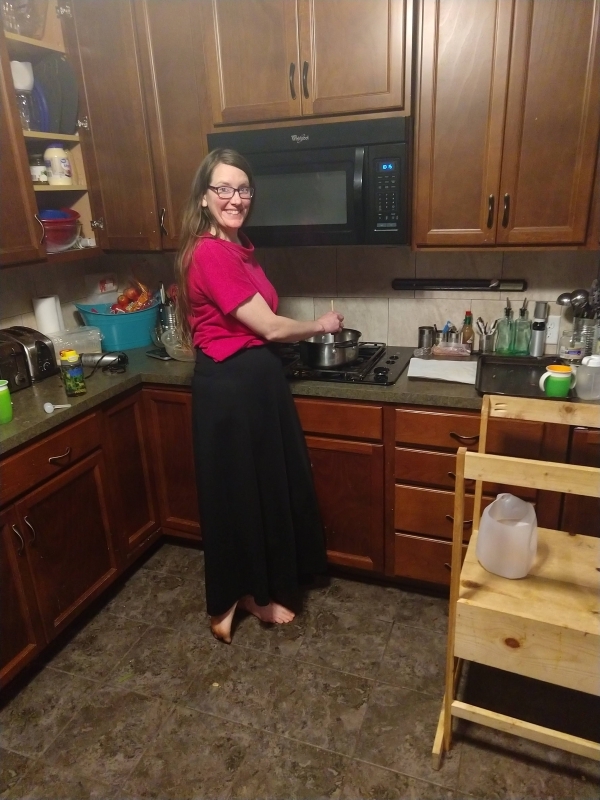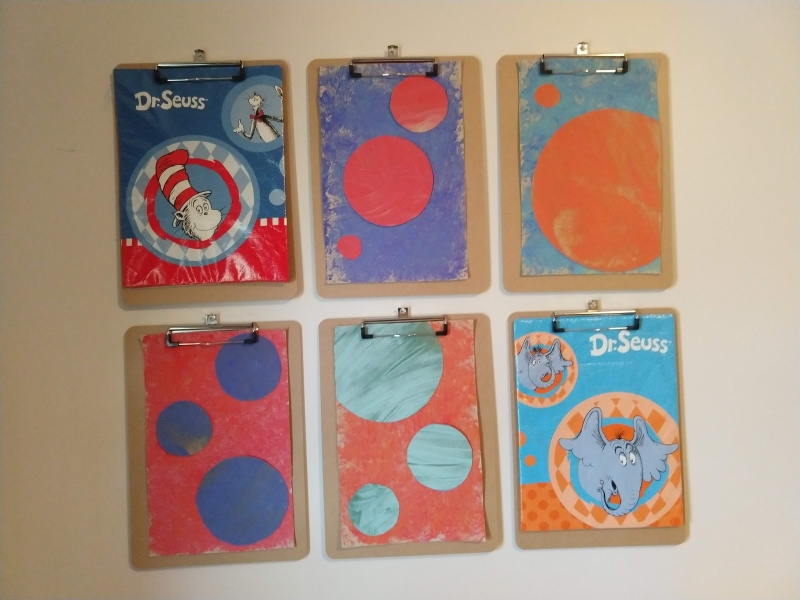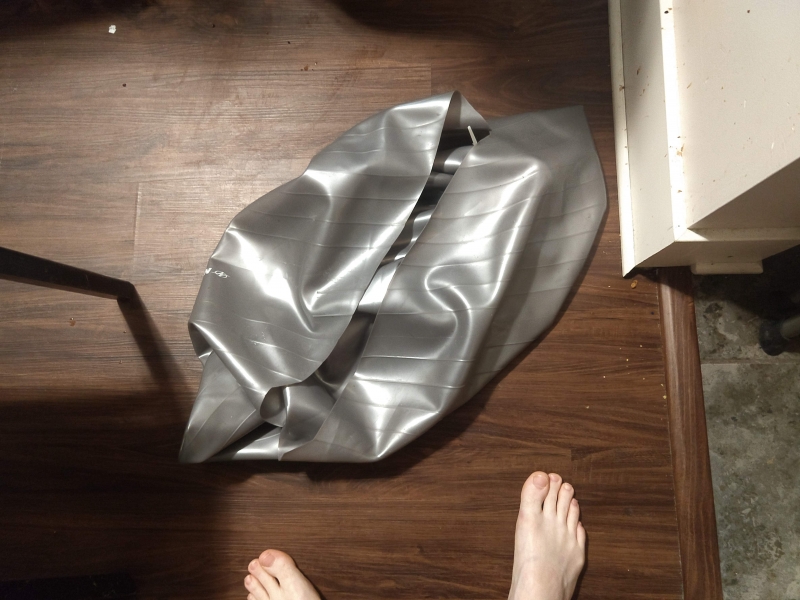Gardening takes a special sort of person. A person who is willing to work consistently. To water, to weed, to plant, to leave alone.

Our apple trees made it through their second winter. Time will tell if my pruning was good for them or not.
I am not that sort of person.

I transplanted this forsythia from elsewhere in our yard a couple years ago. Last year’s dramatic pruning is showing its fruit this year in increased flowering and shoot production. Project forsythia rehab continues!
I am a project person, a dig around in the dirt for hours and then leave it alone for months kind of person.
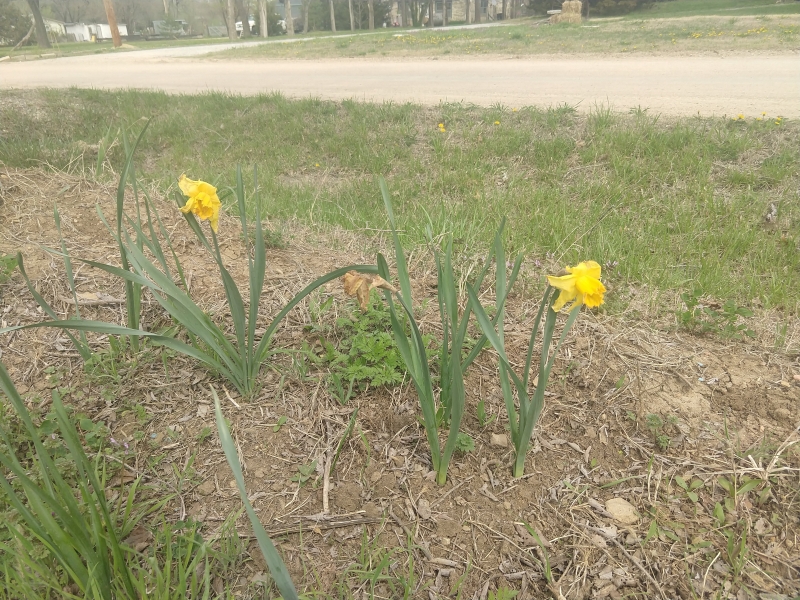
These daffodils are now past their prime – but I’ve gained plenty of enjoyment out of the buckets of bulbs my aunt brought me the past couple of years.
And so, while I’ve put in a garden every year since I first became a homeowner, I’ve never been particularly successful at it.
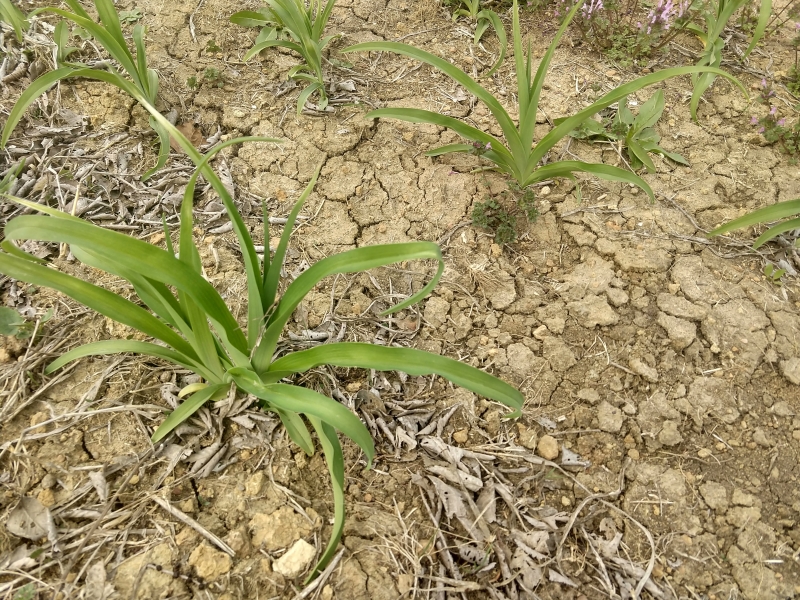
The daylilies I got from a neighbor and which I have been transferring from place to place seem to be settling well into their (hopefully) permanent home.
This year, I’m not certain whether I’ll get a garden in. What with a new foster baby and a new baby on the way and finishing our basement (did I say we’re getting our basement finished? I don’t believe I have. But we are.) What with all the excitement ’round here, I haven’t started any seeds – and plants are awfully expensive given my poor track record at getting any produce.
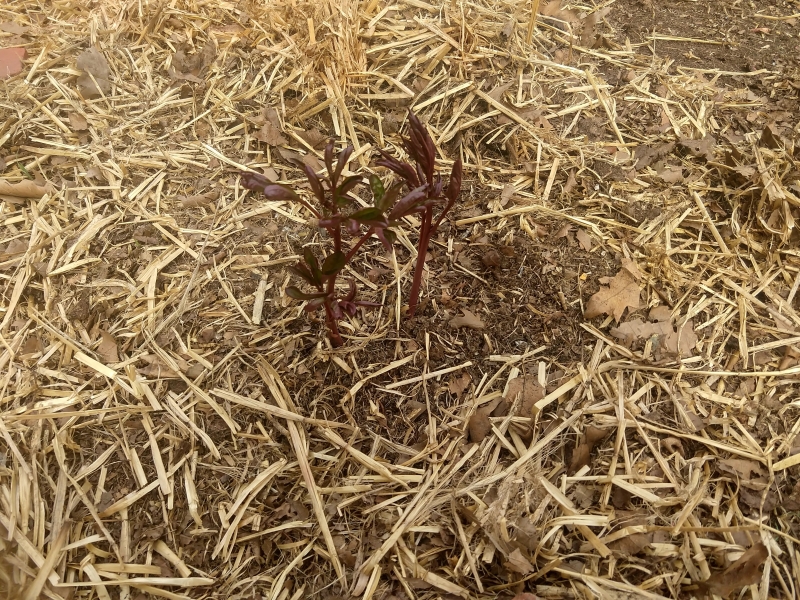
I planted six peonies last fall, a pair of three different varieties. I’m thrilled to see that they made it through the winter – five of the six have put out shoots (and I’m hopeful that the sixth will soon since its pair only poked through soil today.)
But I’m delighting in the bits of life that are springing up here and there in my garden nonetheless.
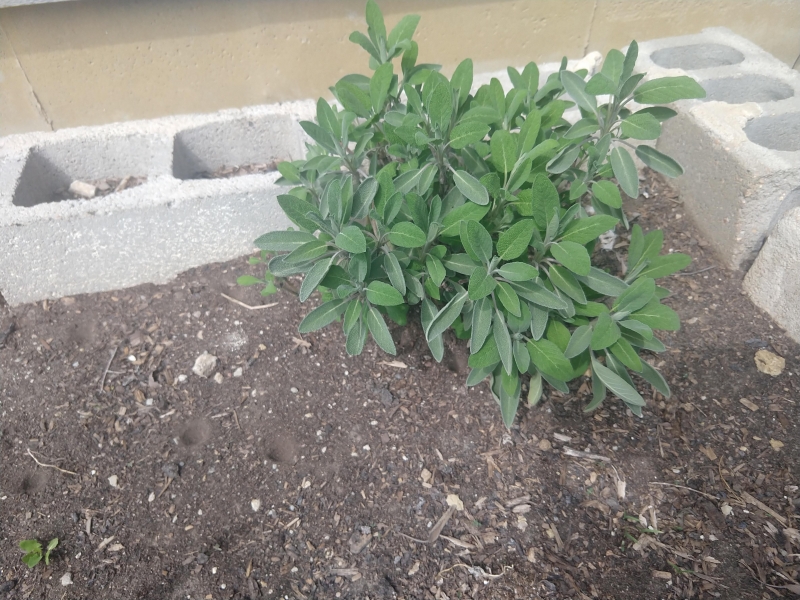
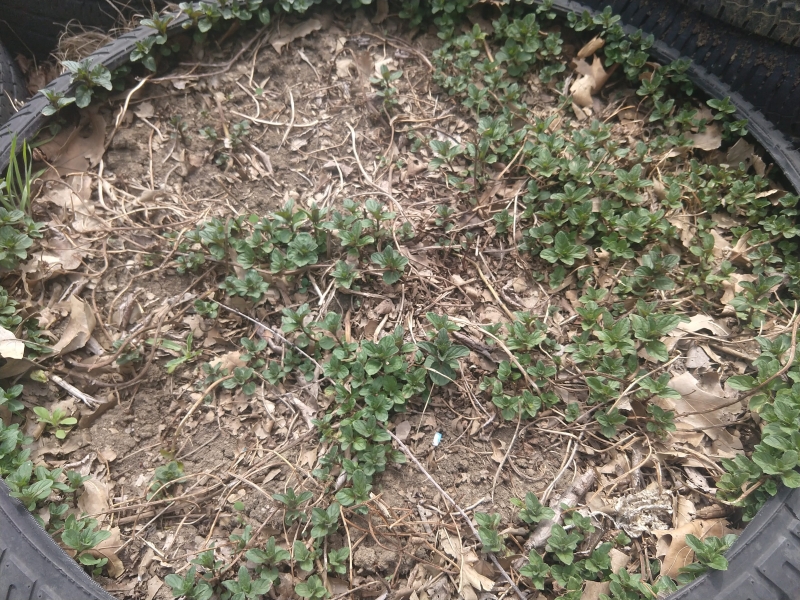
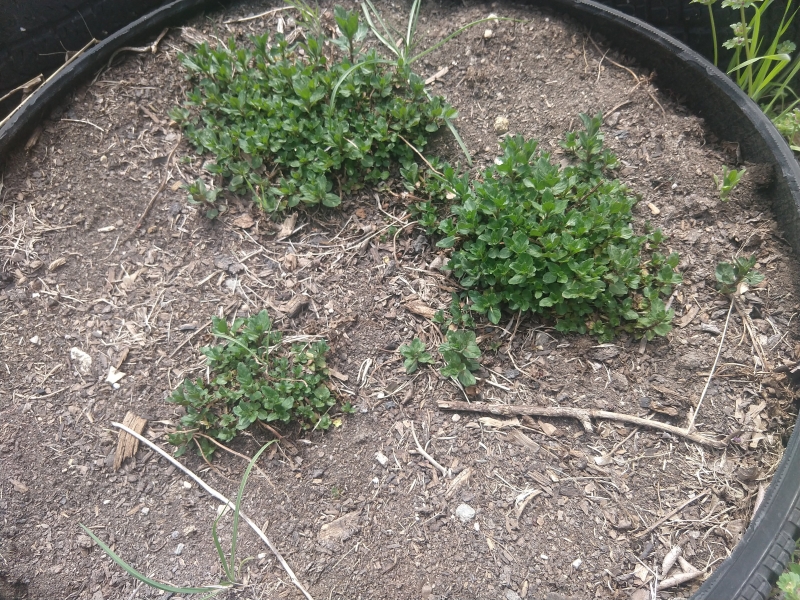
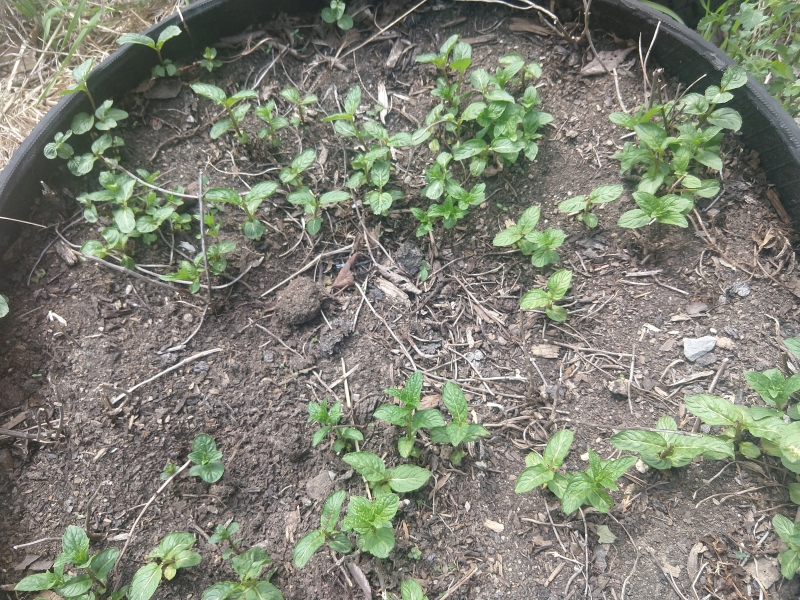
My herb garden delights, with three different varieties of mint and a nice bush of sage growing strong. We picked the first of the spearmint and have been enjoying spearmint-infused water in our bottles the past couple of days – and I’m planning to pick and dry my first batch of sage at the end of this week or beginning of the next. I’m also pleased to see that at least some of the milkweed seeds that I saved and planted last fall have germinated.

